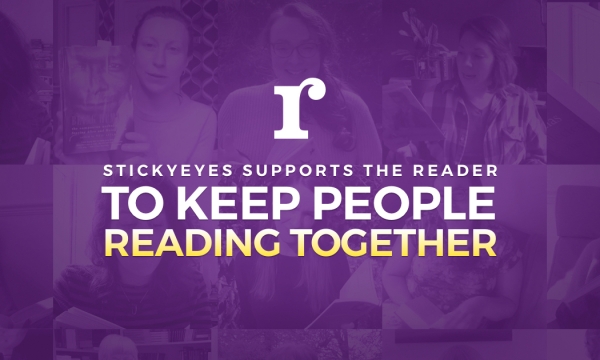
The old focus on design elements, rather than content and objectives, meant the continuation of a tradition from print design - adding in Latin placeholder text. Commonly known as 'Lorem ipsum', designers would drop it into their layout to be replaced with real copy once the 'proper' design work had been complete.
Often there was little thought to subject or topic; it simply indicated ‘I think some copy should go here.’ But breaking this habit is long overdue for a number of reasons.
Wireframes and prototypes without content don’t work
How can you evaluate the effectiveness of a layout if you don’t know what is driving the user from one element to the next?
Meaningful content allows your prototype to most accurately reflect the user journey and how audiences are likely to interact with your content. This is particularly important if your content contains non-text elements, such as images or video content.
It also allow you to flag up potential barriers or issues that you may not have otherwise noticed. Your content may look very different to how you intended it to once it is placed in your design, so you need to be mindful of this.
Adding content to your initial design also adds value to your user testing. Instead of simply commenting on purely visual features, testers will be able to feedback on how the final content interacts with the design – allowing you to spot potential challenges much earlier in the process.
Content should evolve alongside the layout
If your design and content are created in isolation, or you could very easily end up hammering square pegs into round holes. Developing both together can help you avoid disaster by ensuring that all of the key messages and components are worked into the design. This is particularly important for pages that contain some form of call to action, where the design of that element may be critical to the success of that CTA.
Creating both together also ensures that the content works in context of the design (or visa-versa) and that there are no gaps in the overall user journey.
Micro copy vs Lorem ipsum

What is prototype content? In essence it's just a very rough draft. It doesn't have to be pretty, it can be nothing more than a basic heading that says 'something about company history'. As long as it reflects the content and keyword requirements to make the page effective, it’s enough to get started.
As design becomes more collaborative – both within creative teams and with clients and other stakeholders - it's key that designs can be passed from group to another without the loss of meaning and context that comes from using Lorem ipsum.
Just as a wireframe is a million miles always from a final design prototype, micro copy can be a million miles away from the finished copy. It's just a starter for 10, it will evolve, but it can help shape things like message hierarchy and text length. And it can be as simple as:
--------------------------
Company History
Placeholder copy to talk a little about the company
-------------------------
So who should create this prototype content?
The biggest advantage of a big ol’ chunk of Lorem ipsum has always been time. Designers rarely have the time or inclination to slave over a few placeholder paragraphs for a page, especially if it's someone else's job to craft content. Lorem lets them simply crack on with the layout.
Prototype content is the best of both worlds. This content is all about giving meaning and context to the placement of copy as early as possible, so designers and writers should take a little time at the beginning of a project to work out a basic content plan for each page.
It provides the components for the designer, and a structure for the writer, enabling both to work towards a common goal without holding up the other. Just keep talking as you go to ensure that when the build begins, everything fits together perfectly.
Want to know more? Get in touch to learn more about our approach to effective web design.


